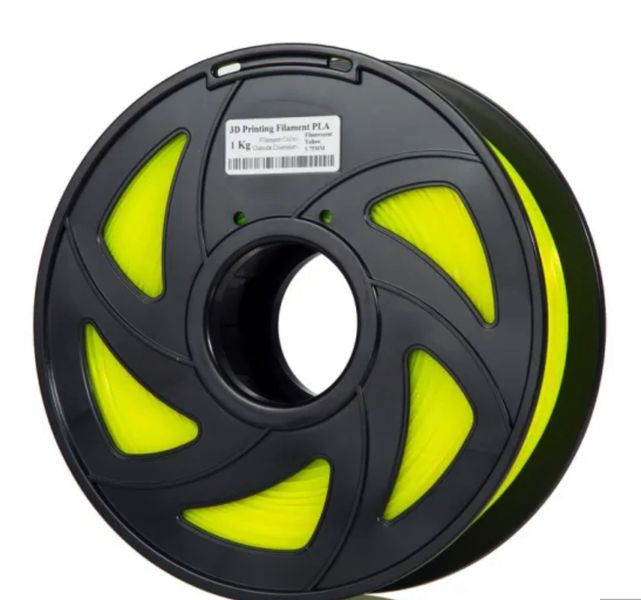
Many Fabbaloo readers consume a lot of 3D printer materials, and that can be expensive. But there are ways to reduce costs.
Typically these days 3D printer filament of reasonable quality will cost something near US$25 per kg. For a 3D printer operator with several machines running frequently, the price of this raw material could add up.
For example, if one is running off a 400g print every day, you’ll consume up to a dozen spools of material each month. That could cost hundreds of dollars in material each month.
Is there a way to lower this cost? It turns out there is, but it’s perhaps a little bit unusual for those who have been comfortably ordering materials from the “usual sources”.
It’s quite possible to order materials right from the original manufacturer at lower cost.
Wait a moment, aren’t we already buying filament from original manufacturers? It turns out that’s not always the case. While there are a few prominent manufacturers of 3D printer filament, many smaller resellers are simply buying material in bulk from Asian manufacturers and reselling it at marked-up prices.
Normally individuals won’t order directly from manufacturers as they are typically distant and there is a fear of high shipping fees. That’s true, but there’s also something else to consider: volume discounts.
Let’s examine a typical Asian 3D printer supplier, Sunhokey Electronics Co. Ltd. This company has been around for over four years, and produces 1.75mm 3D printer filament in PLA, ABS, PETG and other common materials in 31 standard colors. According to their website, they can produce up to 5000 spools per month.
The catch is that you must order a minimum of ten units, or spools in this case. The benefit is the price, which they state as between US$5.50 and US$6.80 per 1kg spool. That’s a rock bottom price, indeed!
I presume the lower of the price range is obtained when you order higher quantities, so even with only ten units ordered, you’re saving perhaps up to US$20 per spool. That’s significant.
But what about shipping fees? If ordering an individual spool, the shipping costs will be pretty high. However, if you are ordering many spools the cost — per spool — won’t be as significant. I can’t say what the shipping costs may be as it depends totally on where they’re being shipped to.
But I do know the total cost of product and shipping will likely be less than buying a spool from a local reseller. It’s just that you’ll end up with ten spools instead of one. Typically the rule of thumb for freight is approximately US$5 per kilo, which just happens to be the weight for a spool of filament.
If you bought ten spools from a local reseller paying US$25 each, you’d still also pay for some shipping, perhaps US$40. This yields a total cost for the purchase as US$290, or about US$29 per kg.
But if you bought the same spools from the manufacturer (and they just may literally be the same identical products) in that same quantity of ten, you’d pay something around US$120, or less than half the price of the local reseller purchase.
Is this type of overseas volume purchase for you? I’d say it might be something to consider if, and only if, you:
- Consistently use large amounts of filament material
- Can afford to layout (and possibly lose if you’ve selected a disreputable manufacturer) the purchase price in advance
- Are comfortable with a possibly awkward overseas sales negotiation
- Can afford to wait a somewhat longer time for delivery
- Are okay with filament that might not be of the highest quality available
This concept gets even better if you band together with others who want to get in on the deal. This would increase the volume, thus reducing the unit price further, and possibly lower the freight charges a bit, too.
While not everyone fits into that envelope, I have a suspicion quite a few readers do fit in that space. Maybe it might be time to consider buying direct?
